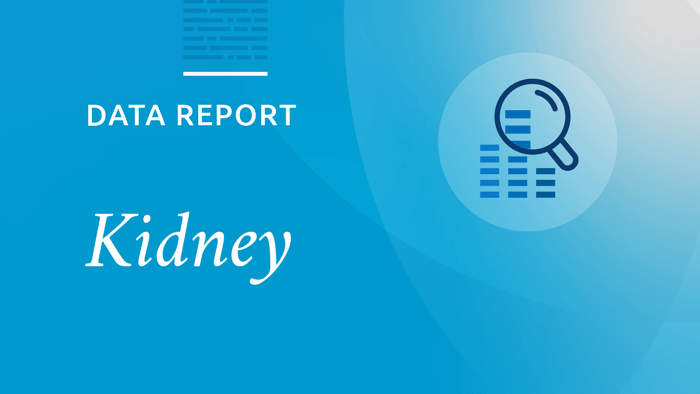A new data report contains key measures of the first two full months of the new Organ Procurement and Transplantation Network kidney allocation policy.
Early data presented in the report shows promising trends in kidney allocation following the implementation of the 250 nautical mile (NM) circles that replaced the outdated system based on donation service areas (DSAs) and OPTN regions. DSAs and regions were never optimized for organ allocation, and the improvements were intended to help ensure that organ distribution is based on the medical needs of patients rather than artificial boundaries related to organ recovery.
Post-implementation data takeaways include:
- Kidney transplant volumes are up across all age groups and blood types
- The average weekly number of transplants increased post- vs. pre-policy
- 61 percent of transplant hospitals had the same or more kidney transplants post- vs. pre-policy
- Pediatric kidney transplants in particular saw an increase in volume
- Ethnic and racial minorities, candidates with moderate CPRA, and kidney patients with longer dialysis times all saw increases in transplant volume
- More transplants are occurring outside of the donor DSA, with the vast majority taking place within 250 NM of the donor hospital
- The majority of OPTN regions experienced an increase in transplant volume, and the discard rates remained stable
The recent changes to kidney and pancreas allocation were projected to increase equity in access to transplant for kidney and pancreas candidates across the country. Implemented March 15, the changes were intended to distribute organs more fairly to people waiting for an organ, and the policies incorporated input from both patients and professionals. The data captured in the post-implementation monitoring report aligns with the simulation modeling used to inform the development of the policies.
The report is now available in the Kidney and Pancreas section of the Resources section of the OPTN website. The OPTN Kidney Transplantation Committee will continue to monitor this policy as data are submitted, and subsequent monitoring reports will be posted on an ongoing basis.

